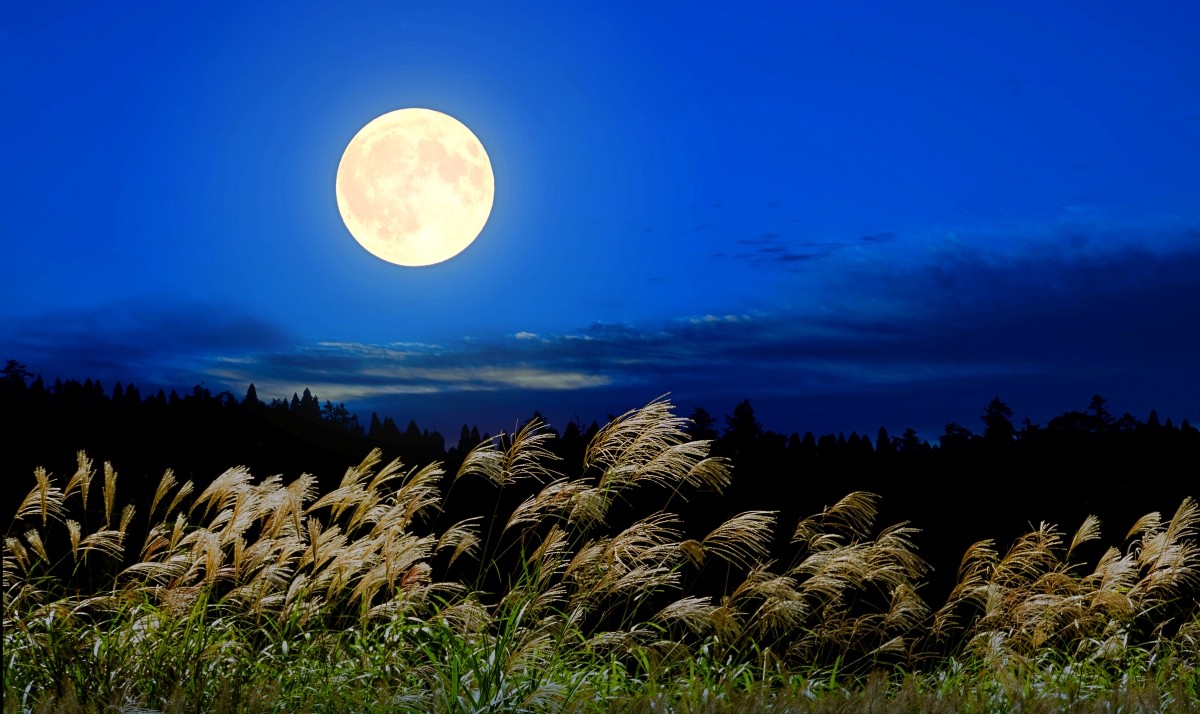
Have you heard of "Otsukimi," Japan’s traditional autumn moon-viewing custom? It’s a charming cultural practice where people admire the beautiful moon shining in the clear night sky, reflecting Japan’s rich natural scenery and traditions.
In 2025, the Chushu no Meigetsu (Harvest Moon) will be on Monday, October 6, and the Jusanya (Thirteenth Night Moon) will be on Sunday, November 2.
This article introduces the history and meaning of Japan’s traditional moon-viewing, along with tips on how to enjoy it. Why not experience the beauty of Japan’s autumn moon for yourself this year?
* If you purchase products or make reservations introduced in this article, a portion of the sales may be returned to FUN! JAPAN.
What is Otsukimi? Its History and Meaning
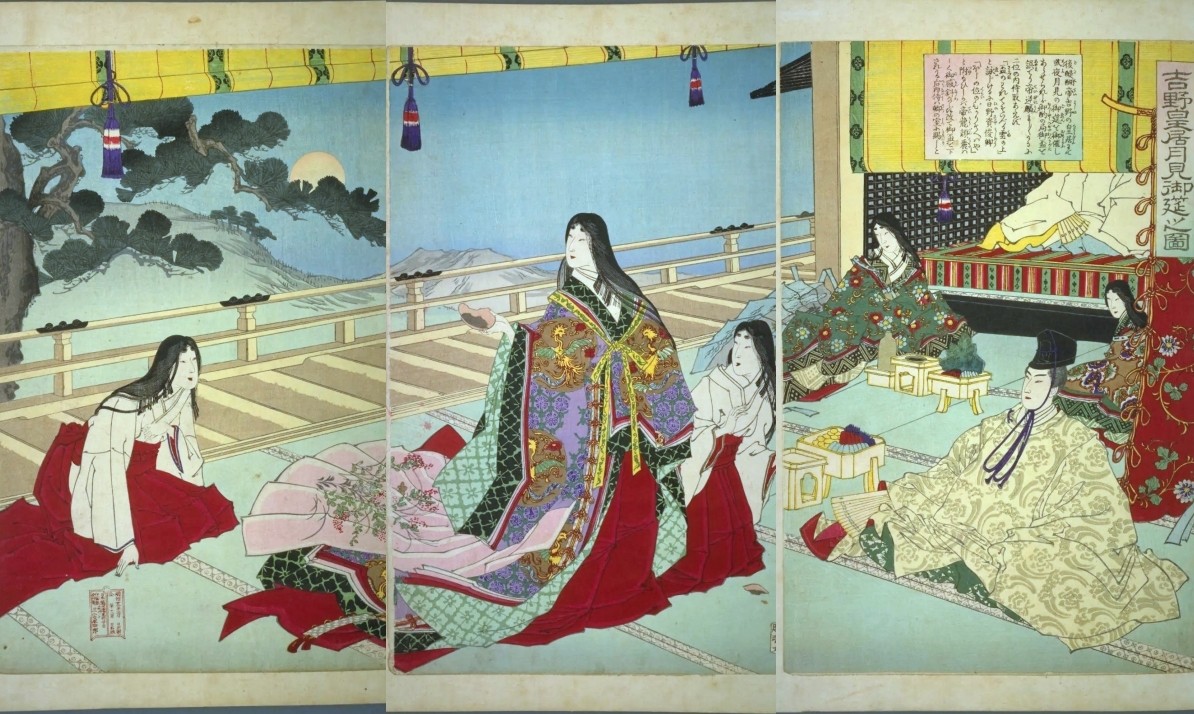
The Origins of Otsukimi Lie in the Chinese "Mid-Autumn Festival"
A"Otsukimi" (moon viewing) is, as the name suggests, a traditional Japanese event for appreciating the moon floating in the night sky. While the word "otsukimi" simply means "viewing the moon," when people say "otsukimi," they generally refer to the event held on the day of the "Harvest Moon." The moon visible on the night of the 15th day of the 8th lunar month is called the "Harvest Moon" and is considered the most beautiful moon of the year.
The roots of this moon viewing tradition trace back to the "Mid-Autumn Festival" that came from ancient China. In Chinese-speaking regions and Vietnam, this remains a major holiday second only to the Spring Festival, cherished as an important day for family gatherings. This "Mid-Autumn Festival" was introduced to Japan during the Nara and Heian periods. In Japan, it first spread among the nobility as an elegant culture of holding banquets, composing poetry, and playing musical instruments while appreciating the moon. Later, during the Edo period, it penetrated among common people and became established as the "Jugoya" (Fifteenth Night) event, praying for abundant harvests and giving thanks for the crops.
Japanese Otsukimi Has Two Occasions: Jugoya and Jusanya
In Japan, there are actually two moon viewing opportunities each year. One is the aforementioned "Jugoya (Harvest Moon)" on the 15th day of the 8th lunar month. The other is "Jusanya" on the 13th day of the 9th lunar month. Jusanya is considered the second most beautiful moon after Jugoya and is also called "Nochi no Tsuki" (the later moon). Viewing only one of either Jugoya or Jusanya is called "katamitsuki" (one-sided moon viewing) and is considered unlucky according to custom. By enjoying both moons, people express their wish for richer harvests and greater fortune.
Otsukimi Dates Change Every Year Because They Follow the Lunar Calendar
The dates of Otsukimi change every year. This is because they are based on the lunar calendar that was used in Japan until the Meiji era. Since we now use the solar calendar (Gregorian calendar), the calendar dates don't match, causing annual discrepancies.
The "Harvest Moon" Day Isn't Always a Full Moon
While moon viewing evokes images of a full moon, the "Harvest Moon" isn't necessarily on the day of a full moon. This is because the "Harvest Moon" is determined by the number of days from the new moon, while whether it becomes a full moon depends on the positional relationship between the moon, sun, and Earth. Since the moon orbits Earth in an elliptical path, its speed varies depending on its position. When the moon moves quickly, a full moon may be observed earlier than the 15th day, and conversely, when it moves slowly, it takes longer to reach full moon phase. This is why the "Harvest Moon" doesn't always coincide with a full moon.
Preparing for Otsukimi: Special Decorations and Foods
Now, once you've confirmed the date of the "Harvest Moon," let's prepare to actually enjoy moon viewing. The offerings and decorations introduced next each carry meanings and wishes, allowing you to feel not only visual beauty but also the traditional spirituality of Japan.
Otsukimi Preparation 1: Otsukimi Dango
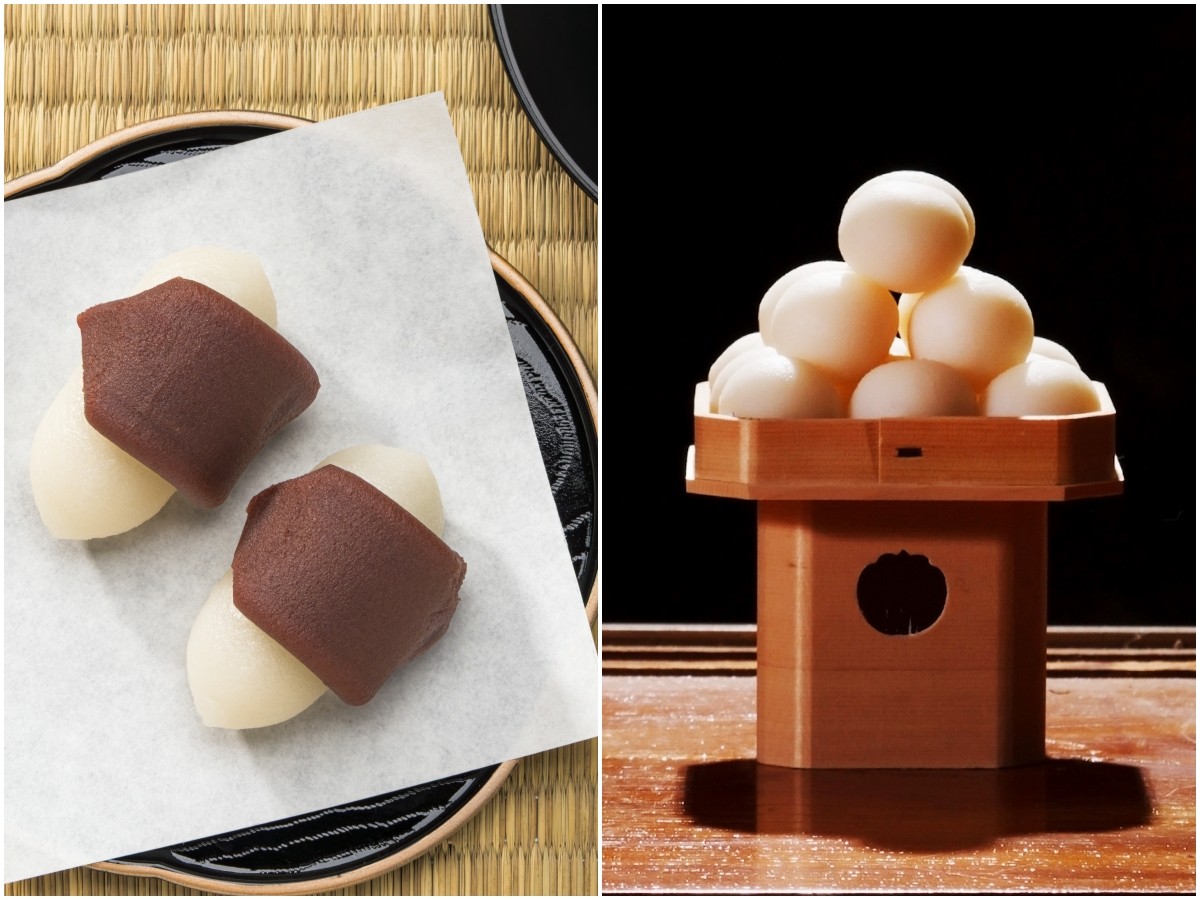
First and foremost are the "otsukimi dango" (moon viewing dumplings). These are made by grinding rice harvested that year into flour and rolling it into round shapes to resemble the moon. They carry the meaning of gratitude for the harvest and prayers for future abundant crops. The number of dumplings varies by region and household - 15 for Jugoya, or 12 to match the number of months in a year. There are various theories about how to stack them, including that piling them high conveys gratitude for the harvest to heaven.
Additionally, Kyoto has oval-shaped dumplings wrapped in sweet red bean paste, and some regions offer taro instead of dumplings - practices actually vary considerably by region.
Otsukimi Preparation 2: Susuki (Pampas Grass)
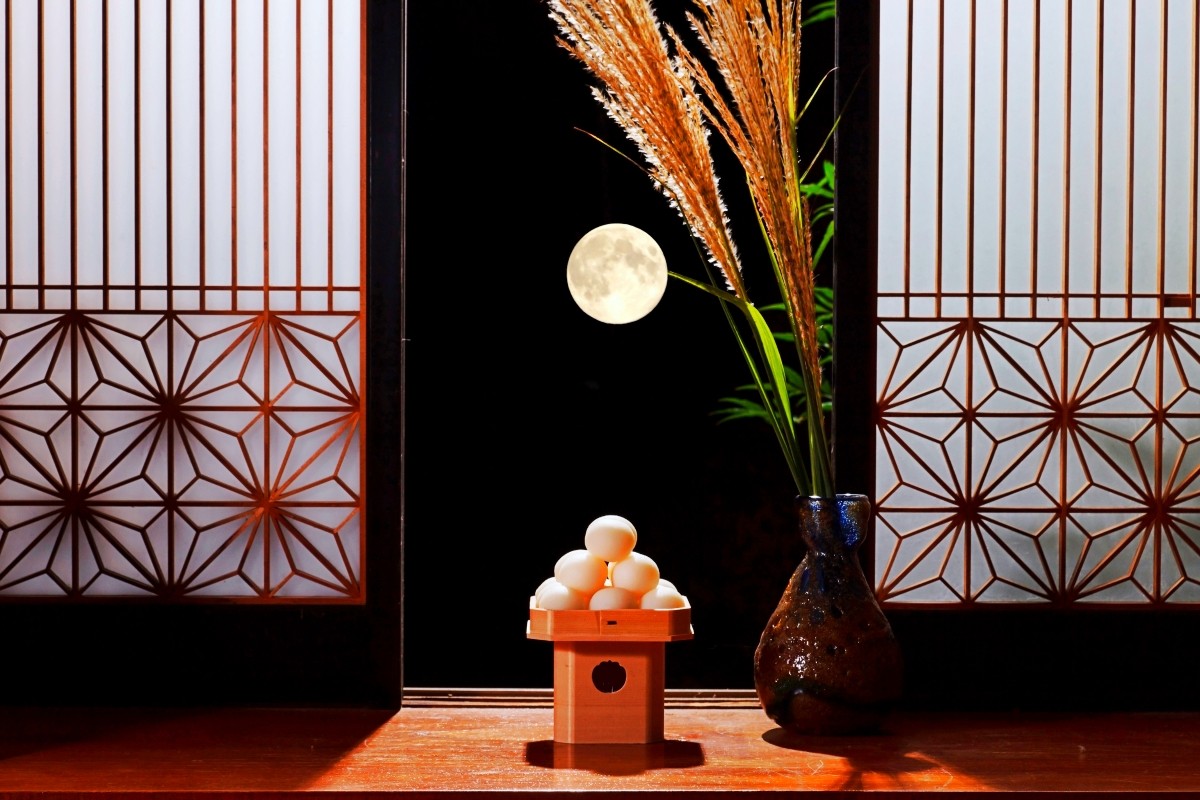
Next in importance is "susuki" (pampas grass). Susuki that grows naturally in autumn fields is said to have been used as decoration in place of rice because its plumes resemble rice ears. The sharp cut ends of susuki are also believed to ward off evil spirits. Furthermore, susuki has long been considered a "yorishiro" (a place where spirits descend) for the moon deity - a place where gods come down. By displaying susuki, people welcome the moon deity and express their wish for abundant harvests.
Otsukimi Preparation 3: Other Offerings (Taro, Chestnuts, Edamame, Sake, etc.)
Other offerings include seasonal vegetables and fruits such as taro, chestnuts, and edamame, as well as sake (Japanese rice wine). These are also freshly harvested crops from that year, offered to express gratitude to the gods. Taro has a particularly deep connection to Jugoya, which is also called "Imo Meigetsu" (Taro Moon), and has been considered a symbol of abundant harvest.
These Otsukimi decorations and foods are not only visually beautiful but also carry individual meanings and wishes. Understanding these transforms Otsukimi from mere observation into a deeper experience that cultivates reverence for nature and feelings of gratitude.
Enjoy with All Five Senses! Recommended Otsukimi Experiences
Since you're in Japan, why not enjoy Otsukimi with all five senses - seeing, eating, and experiencing? Here are three recommended ways to enjoy moon viewing.
How to Enjoy Otsukimi 1: Moon Viewing Events
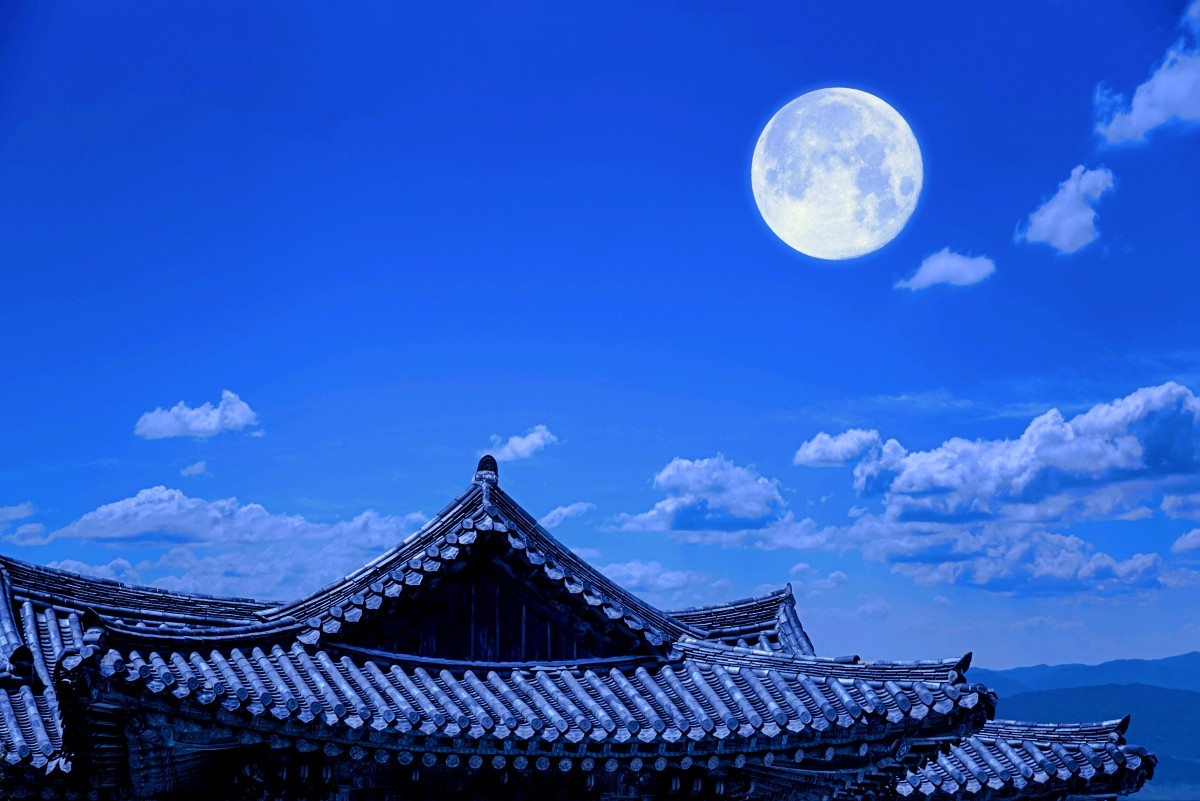
During Otsukimi season, various moon viewing gatherings and events are held throughout Japan.
* The following information is current as of July 16, 2025. Please check official websites for the latest information.
【Kyoto】Daikakuji Temple "Kangetsu no yube "(moon-viewing party)
This is an elegant traditional event continuing from the Heian period, viewing the moon from boats. The moon's reflection on the pond is also beautiful, drawing you into its mysterious world.
- Date & Time: October 4 (Sat) - October 6 (Mon), 2025, 5:30 PM - 9:00 PM (reception closes at 8:30 PM)
- Price: Adults 500 yen, Elementary/Middle/High school students 300 yen (*Day/night shift system. Daytime visitors also need separate admission fee)
- For details, visit the official website
【Tokyo】Tokyo Tower "Otsukimi Outside Staircase Walk"
At Tokyo's symbol, Tokyo Tower, the "Open Air External Staircase Walk" - normally open to the public on weekends and holidays from 9:00 AM to 4:00 PM for walking up to the 150m observation deck (Main Deck) - is specially opened at night for the Harvest Moon.
- Date & Time: October 6 (Mon), 2025, 5:00 PM~9:00 PM (Last entry 9:00 PM) *Cancelled in case of rain
- Fee (regular observation fees): [Main Deck] Adults 1,500 yen, High school students 1,200 yen, Elementary/Middle school students 900 yen, Ages 4-preschool 600 yen
- For details, visit the official website
【Shizuoka】Gekko Astronomical Observatory "Harvest Moon Observation Event"
Observatories across the country also hold observation events timed with the Harvest Moon, offering scientific approaches. Shizuoka's Gekko Observatory holds annual events where visitors watch moon-related planetarium shows before observing the moon from the rooftop, and on clear days, can view the moon and planets through telescopes.
- Date & Time: October 6 (Mon), 2025, 6:30 PM - around 8:00 PM
- Fee: [Participation] Middle school and above 500 yen, Ages 4-elementary 300 yen
- For details, visit the official website
【Tokyo】The Cruise Club Tokyo
Cruises for romantically viewing the moon from the sea or rivers are also popular. In the extraordinary space of a luxury cruise ship, you can enjoy French courses, Tokyo Bay night views, and moon viewing.
👉 Book your dinner cruise here
How to Enjoy Otsukimi 2: Making Otsukimi Dango
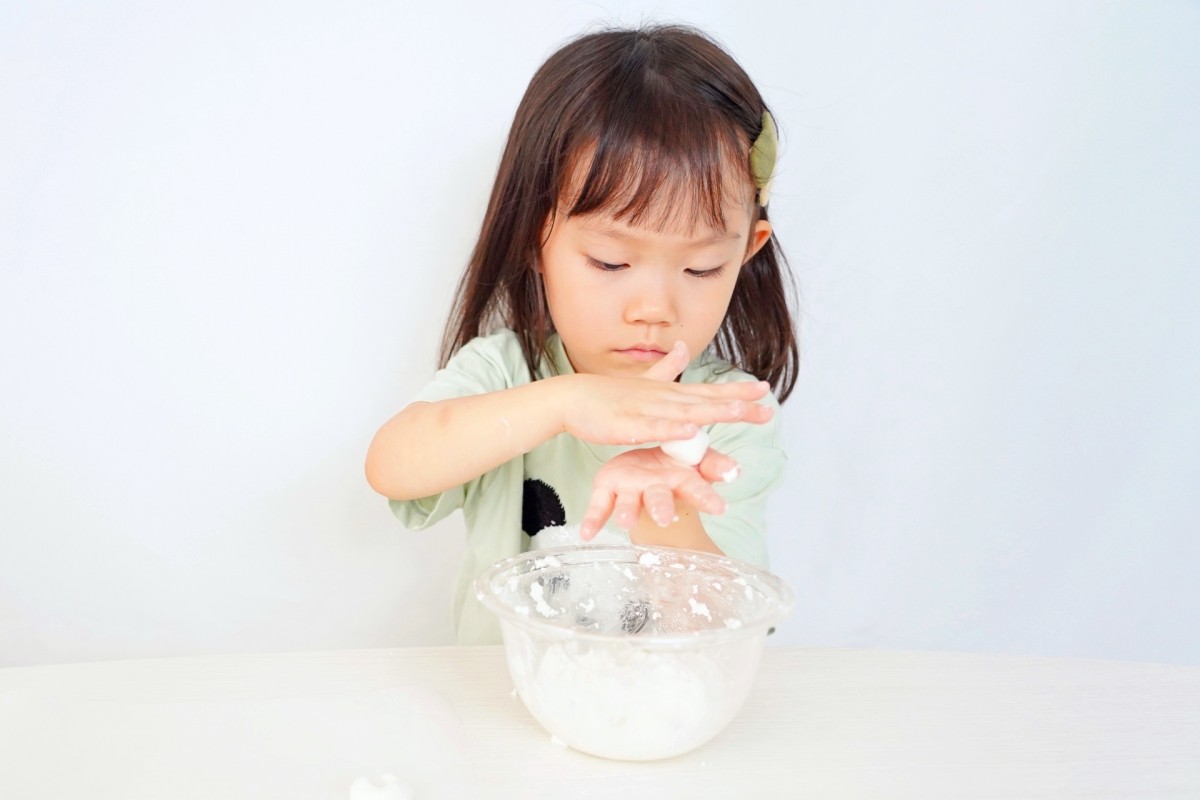
Making otsukimi dango yourself is also recommended. Using "shiratama flour," "dango flour," or "joshin flour" available at supermarkets, you can make them surprisingly easily. Most flour packages include dumpling-making instructions. It's fun to offer the dumplings you made and eat them yourselves.
Simple Otsukimi Dango Recipe
Ingredients: 200g shiratama flour, 150ml water (lukewarm)
- Put shiratama flour in a bowl, gradually add water, and knead until it reaches earlobe consistency.
- Roll into small, flat dumpling shapes.
- Boil plenty of water in a pot, add dumplings to boiling water.
- When dumplings float to the surface, boil for another 2-3 minutes, then transfer to cold water.
When eating, serve with kinako (soybean flour) or sweet red bean paste. Making them with family and friends creates even more enjoyable memories.
How to Enjoy Otsukimi 3: Otsukimi Sweets and Gourmet Foods
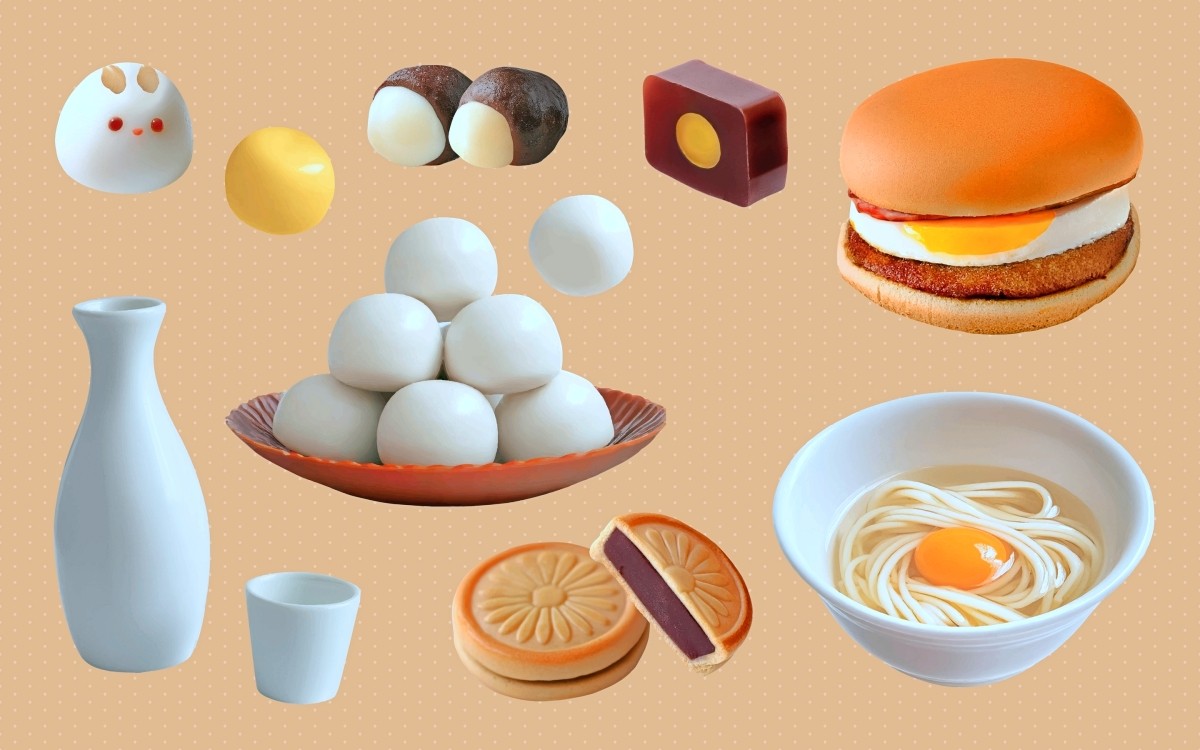
During Otsukimi season, various sweets and gourmet foods themed around "moon viewing" appear for limited periods.
Moon Viewing Dango and Nerikiri from Famous Japanese Confectionery Shops
Beautiful Japanese sweets showcasing artisan craftsmanship delight both the eyes and palate.
Limited Moon Viewing Menus from Fast Food and Convenience Stores
Unique products appear every year, such as "Otsukimi Burgers" from hamburger shops and otsukimi dango and otsukimi manju from convenience stores. A characteristic feature in Japan is often representing the moon with round, yellow or orange foods like egg yolks or yellow chestnuts.
Let's Enjoy the Depth of Japan’s Traditional "Otsukimi" Culture
This autumn, why not experience Japan's traditional moon viewing and spend quiet, enriching time gazing at the moon shining in the clear air? Taste otsukimi dango, display susuki, and feel the atmosphere of Japanese autumn with all five senses.
References:
- Tanaka Sen'ichi & Miyata Noboru (eds.), Sanseido Encyclopedia of Annual Events, Revised Edition, 1st edition, Sanseido, 2012, 458 pages total
- Niitani Naoki (supervisor), Japanese Customs: Japan's Calendar and Annual Events, 1st edition, Nihon Bungeisha, 2007, 238 pages total
- Miura Yasuko (supervisor), Living Seasonal Calendar: Enjoying Daily Life by Feeling the Seasons, 1st edition, Seibido Publishing, 2024, 191 pages total
- Sendai City Astronomical Observatory, Astronomical Information, "2024/10/15 Later Moon", Release Date: 2024/10/15, Reference Date: 2025/7/16
- JA Fukuoka Central Association, Dr. Akiba's Food and Agriculture Class "Why Tsukimi Dumplings?", Published on March 30, 2022, Referenced on July 16, 2025
- Nagoya City Science Museum, Science Q&A "Q. Why is the Mid-Autumn Moon not a full moon?", Release date unknown, Reference date: July 16, 2025
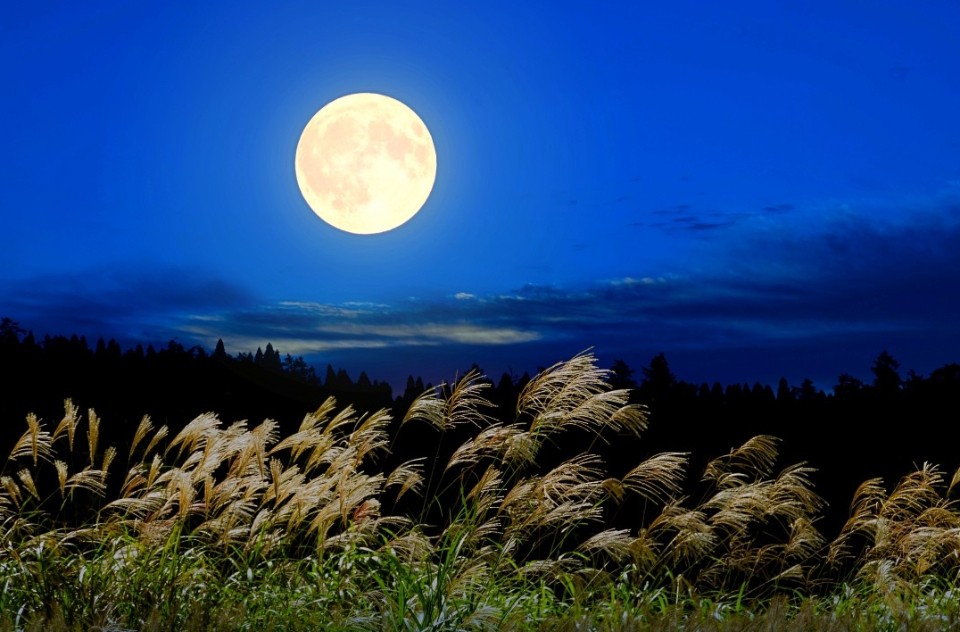
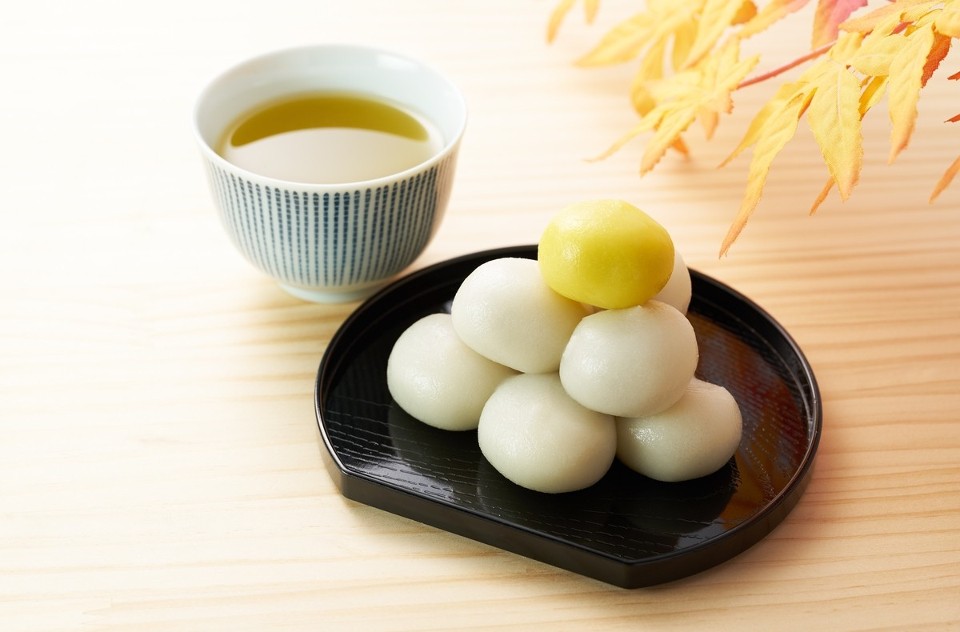
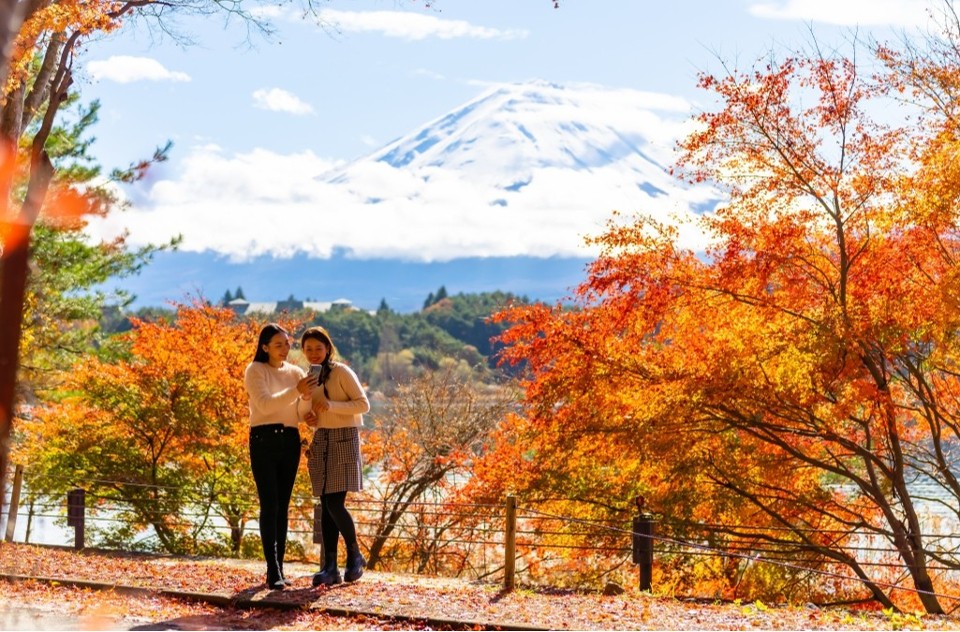
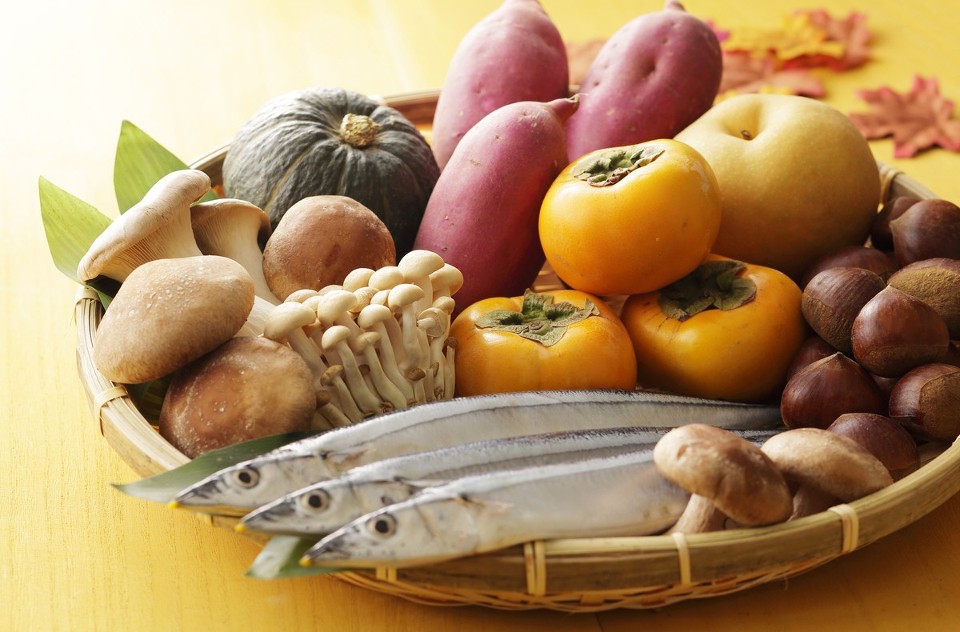
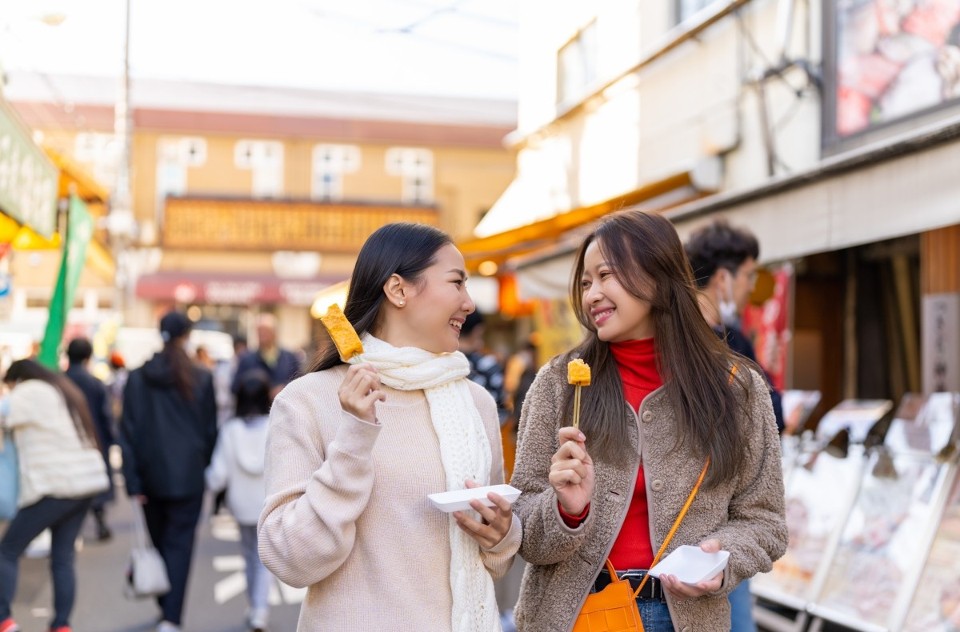
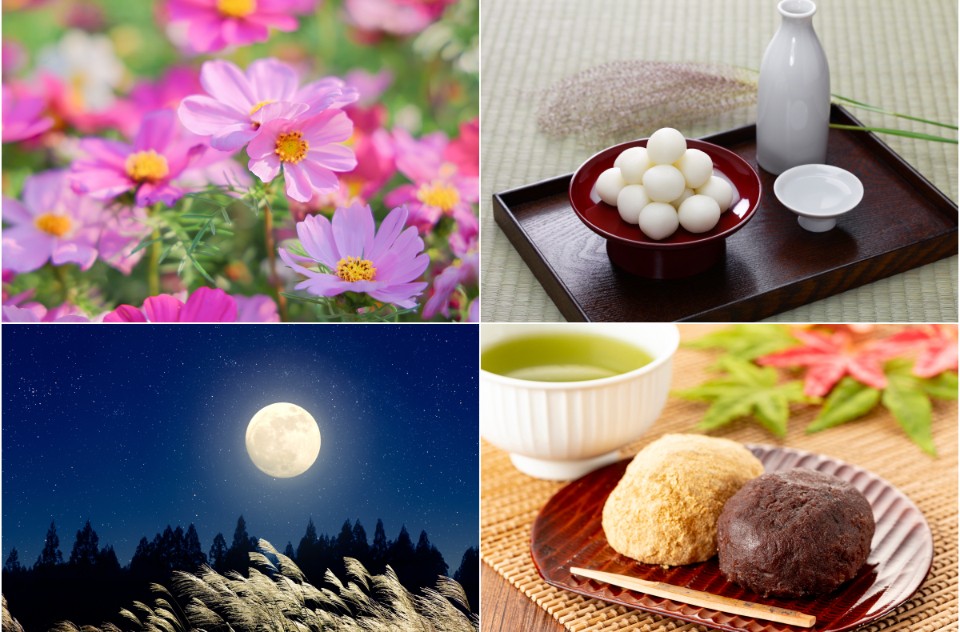
Comments